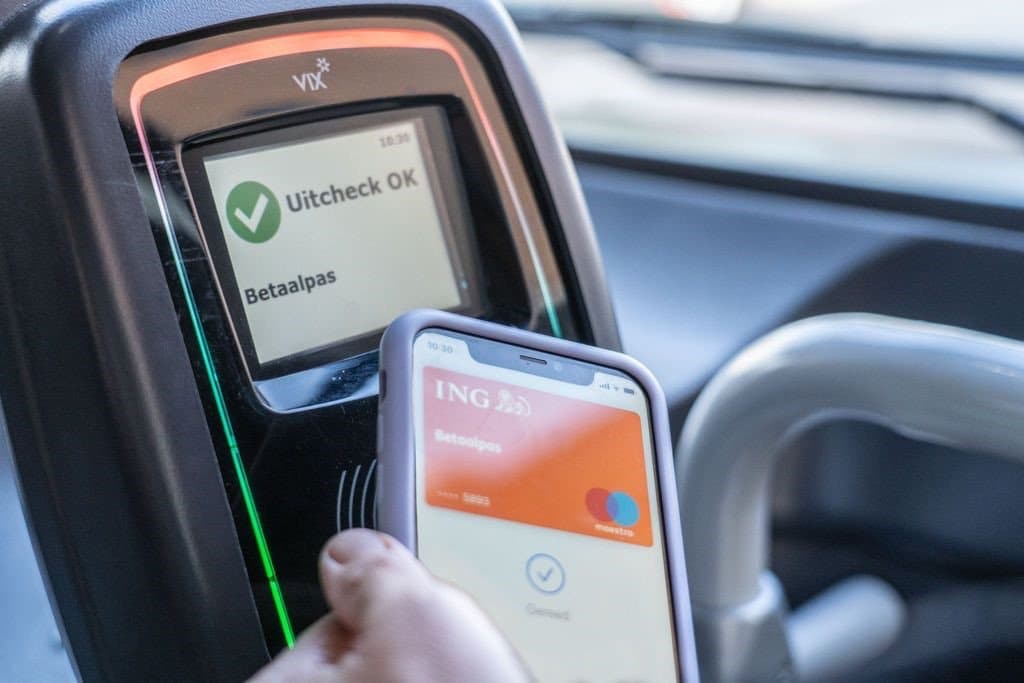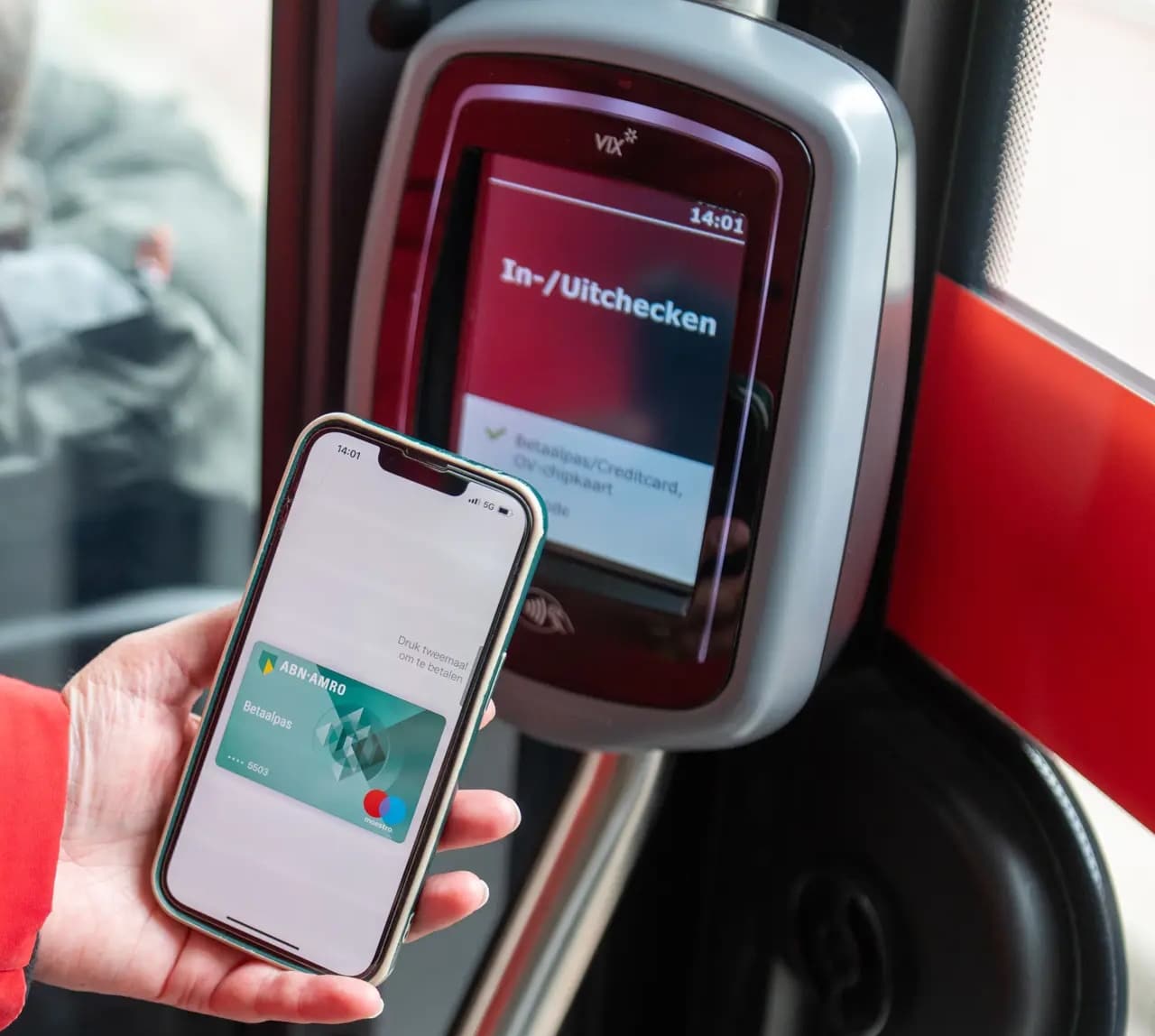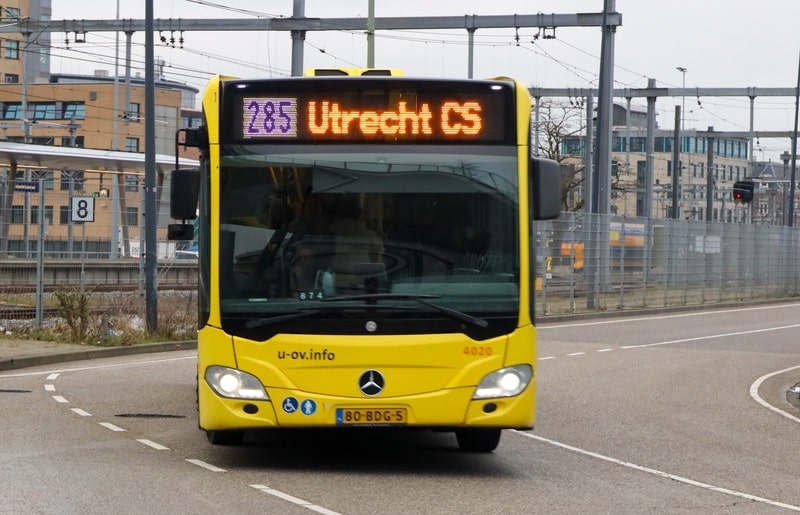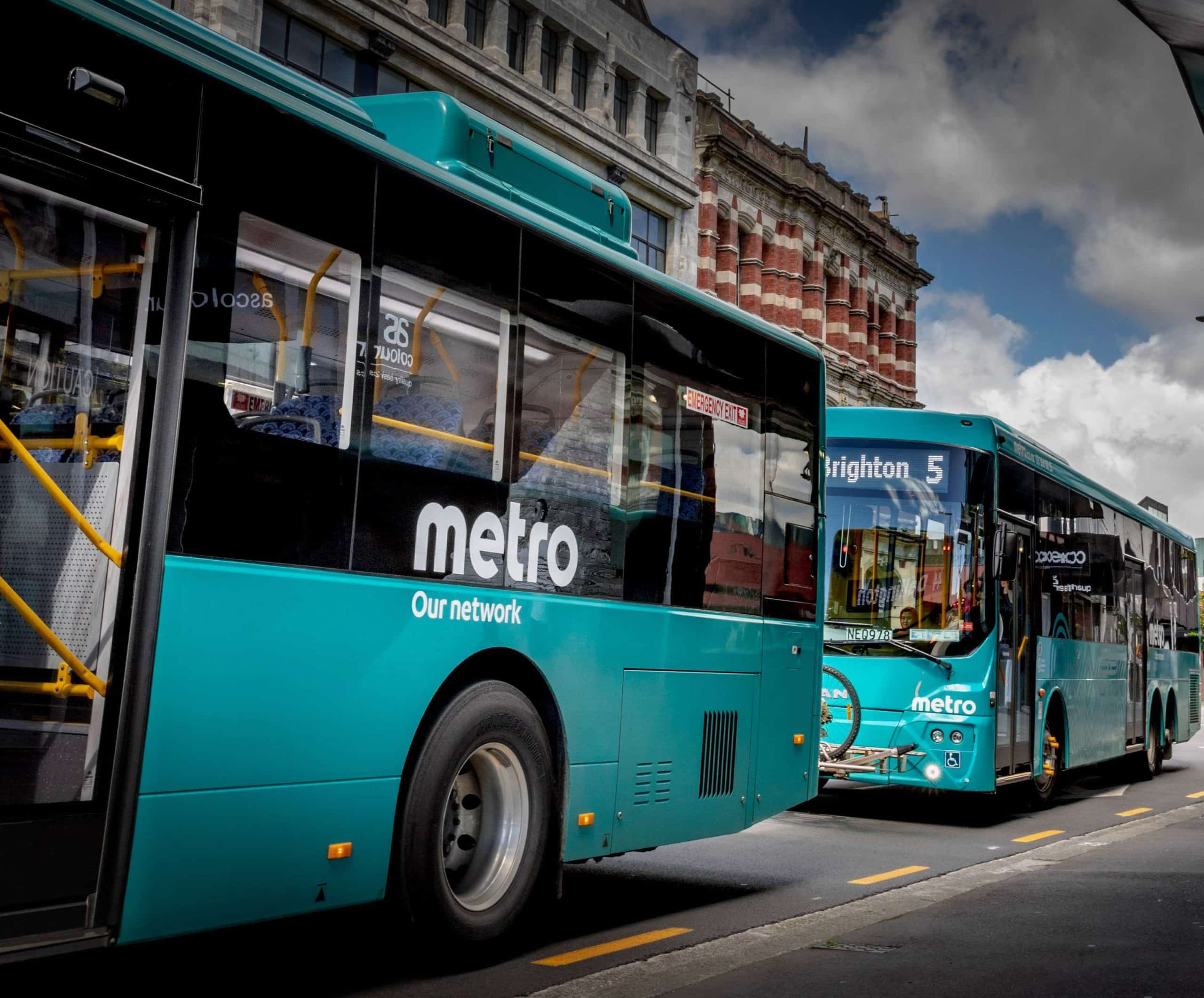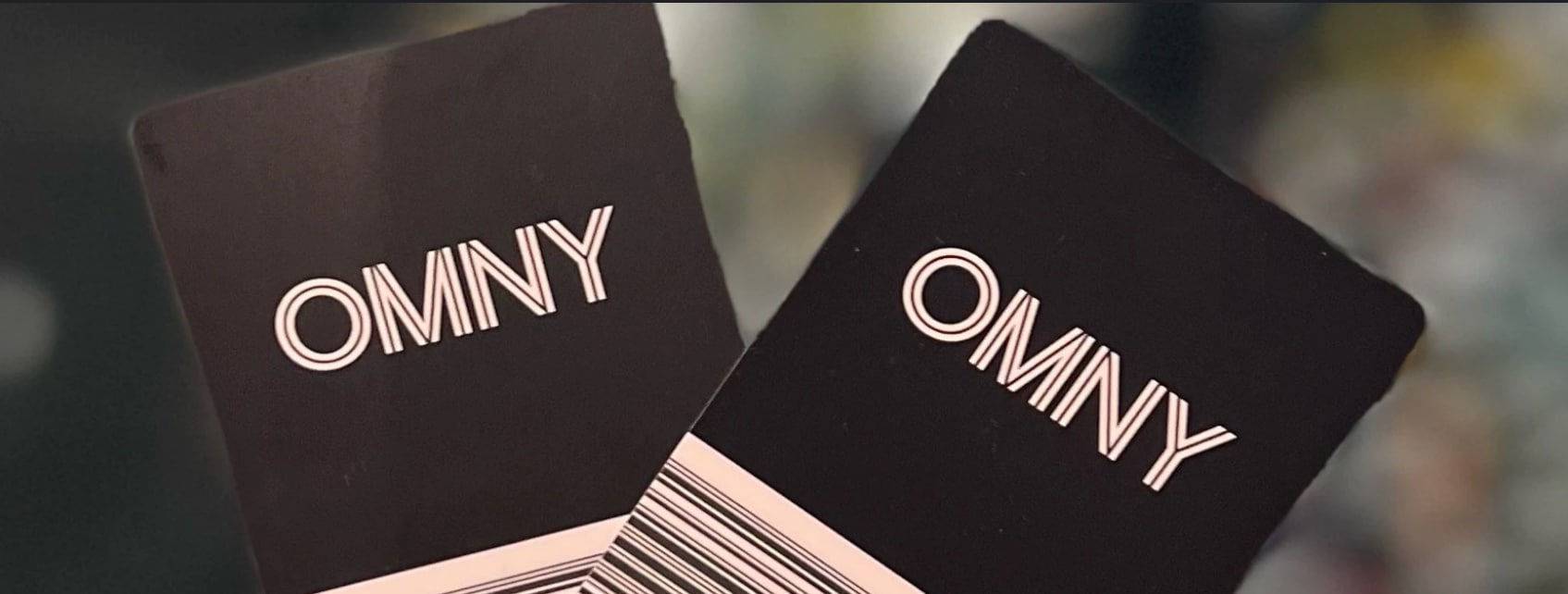
Article Highlights
“Closed-loop EMV” provides an alternative to proprietary closed-loop cards, such as those based on Mifare. But despite promotion by such suppliers as Visa and Mastercard, closed-loop EMV is not yet taking off.
Table: Transit agencies and closed-loop EMV
• SL (Stockholm)
• MTA (New York)
• TfL (London)
• OVpay (Netherlands)
• TfNSW (Sydney)
• AT (Auckland)
Transit agency Storstockholms Lokaltrafik, or SL, in Stockholm launched what is believed to be the industry’s first rollout of white-label EMV cards for its closed-loop customers in September 2021. To date it has issued around 1.5 million cards, which customers use frequently.







